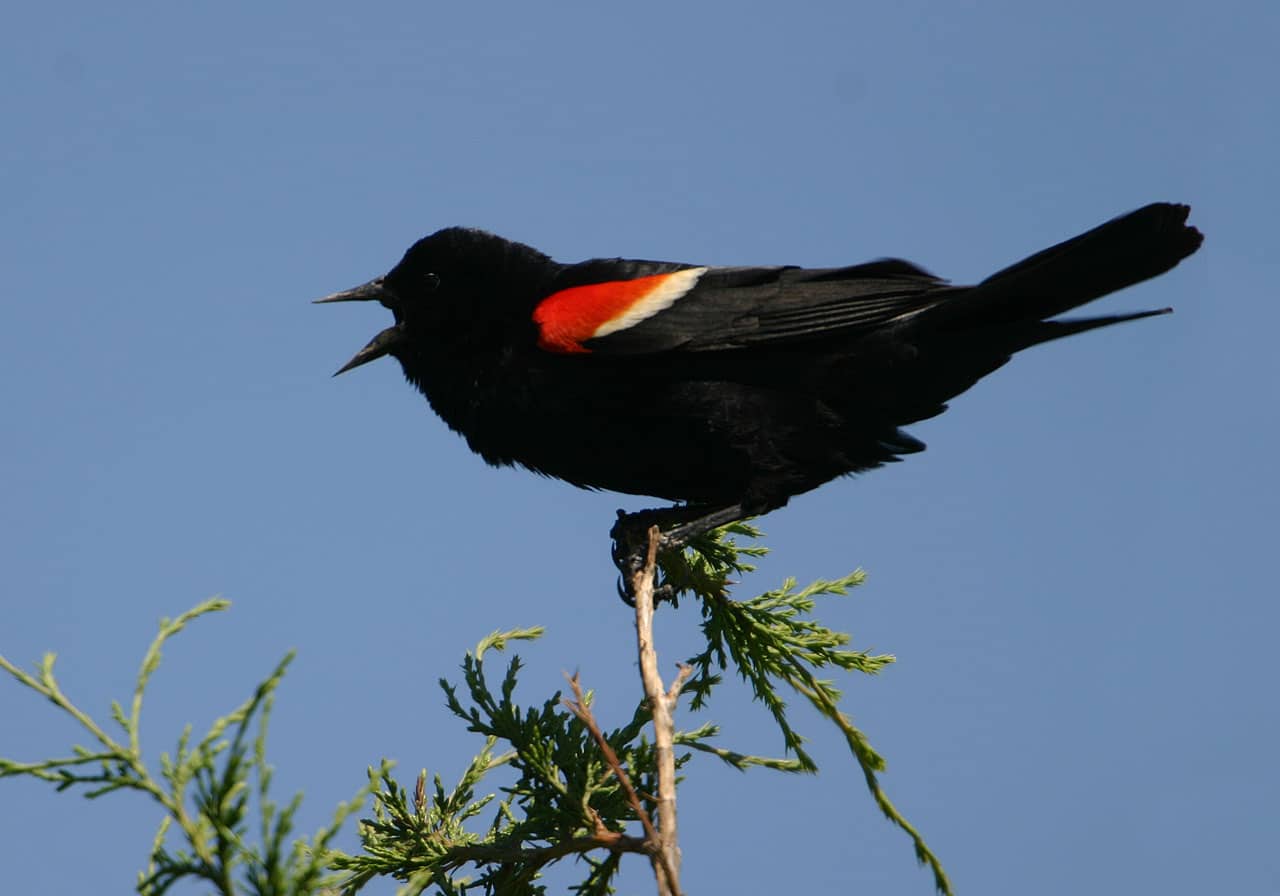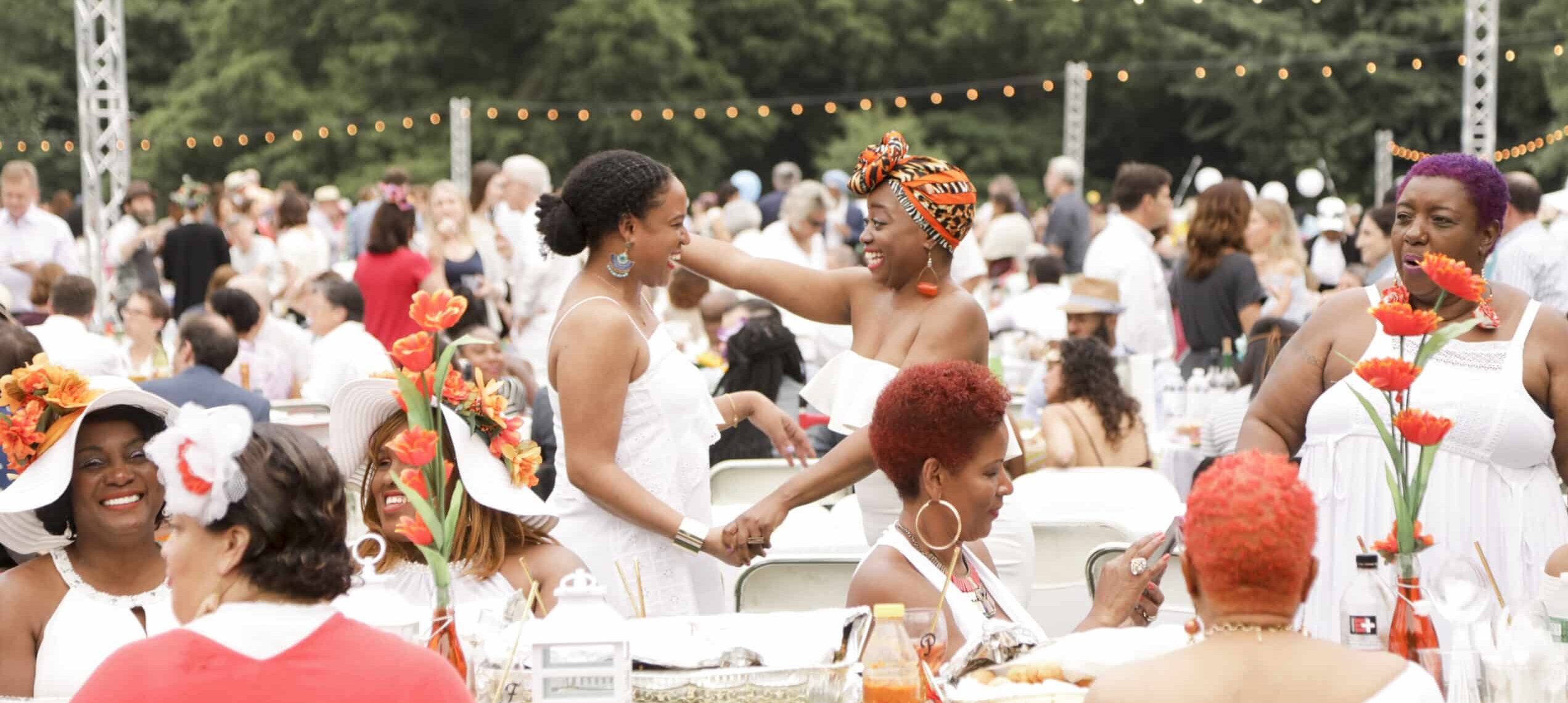3 Bird Migration Hotspots
September 20, 2019
Bird migration season is in full swing here in Brooklyn, and there’s no better place to see the hundreds of species passing through than Prospect Park. In recent years, Prospect Park Alliance has made an effort to reduce invasive plant species and encourage the growth of native trees, shrubs, flowers and grasses—and our feathered friends could not be happier about it. Native plants produce seeds and berries, and host a variety of local insects, all of which our local and migratory birds love to snack on. Head into the park during this migration season for a chance to see a few of the more than 200 bird species that use Prospect Park as a rest stop. We suggest these park birding hotspots:
Lookout Hill
Lookout Hill is the highest peak in Prospect Park, part of the Terminal Moraine left by glaciers in the last ice age that extends through Brooklyn. Prospect Park Alliance’s horticulturalists and Natural Resources Crew have been hard at work maintaining Lookout Hill’s natural spaces, including the Butterfly Meadow. The geography of Lookout Hill, combined with the abundance of native food sources, make this a top-notch destination for birds (and fellow birdwatchers) during migration season. Find a variety of songbirds including many species of warblers, as well as raptors enjoying the vista.
Prospect Park Lake
Whether you’re walking the shores of the Peninsula, or staring through binoculars at Music Island, Prospect Park Lake—Brooklyn’s only lake—is a fabulous destination for birdwatching. Since the opening of the LeFrak Center at Lakeside in 2013, this area of the park has enjoyed a dedicated crew of Alliance gardeners who maintain the plantings and the facility’s green roof. The 55-acre lake is a year-round destination for waterfowl and shorebirds, and migration season means you’re sure to see something spectacular no matter which way you look.
Vale of Cashmere
In 2012, Prospect Park lost over 500 throughout the park due to Hurricane Sandy, with 50 alone in the Vale of Cashmere. Thanks to grants from the National Parks Service through the Hurricane Sandy Disaster Relief Assistance Grant Program for Historic Properties, the Alliance was able to hire a dedicated crew to restore this area of the park. Over the course of years, the crew removed damage, used a popular goat team to clear invasive species, and in 2017 planted over 20,000 native plants and shrubs. The result? A bird haven in a quiet corner of the park. Head here to watch songbirds enjoying the landscape, and discover a part of Prospect Park you may never have seen before.
Check out the birdwatching page on our website for more information on birdwatching in Prospect Park, and visit the Brooklyn Bird Club website for the latest bird sightings.



